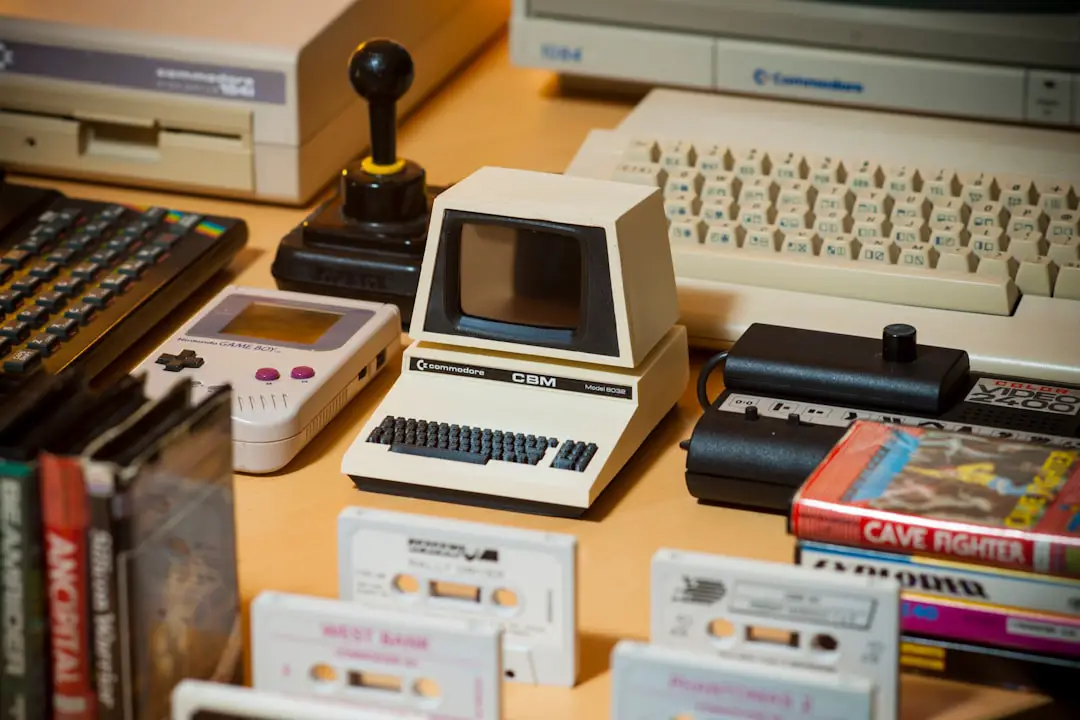Few companies have had a journey as turbulent and yet as nostalgic as Atari. Once the king of video game entertainment in the 1970s and early ’80s, Atari experienced a series of missteps that led to its fade from mainstream attention. Yet, in recent years — and especially in 2024 — a retro-focused revamp of the company’s strategy has not only reignited public interest but has also paved the way for major studio acquisitions that are reshaping its future. So, what has Atari done right, and how has nostalgia become such a powerful asset in its revitalization?
The Power of Nostalgia
Atari’s new strategy hinges on one foundational truth in pop culture: nostalgia sells. Millennials and Gen Xers who grew up playing Asteroids, Missile Command, and Pong are now adults with disposable income and a desire to reconnect with the simplicity and charm of early gaming. By doubling down on its retro appeal, Atari has managed to tap into this powerful emotional currency.
The company began this shift by remastering classic titles, licensing original soundtracks, and collaborating with indie developers to reimagine Atari classics. These efforts culminated in the re-release of the Atari VCS console — not just a nostalgia machine, but a hybrid retro-modern system that bridges past and present.
Strategic Studio Acquisitions in 2024
While Atari’s retro push started several years ago, it truly paid off in 2024 when the company made several high-profile acquisitions of game development studios. These weren’t just nostalgic purchases; they were deliberate, forward-looking moves that blended retro aesthetics with modern capabilities.
Some of the notable acquisitions include:
- Nighthawk Interactive – Known for digital re-releases and physical compilations of classic titles.
- Digital Eclipse – A studio whose speciality lies in restoring and enhancing retro games for modern consoles.
- PixelCraft Labs – A newer indie studio, with a cult following for their pixel-art games infused with ’80s aesthetics.
Each acquisition aligns seamlessly with Atari’s vision: to become the ultimate platform for retro and retro-inspired gaming. By buying studios that already excel at this genre, Atari is doing more than preserving its legacy — it’s expanding it.
A Revived Brand Identity
One of the most effective elements of Atari’s strategy is its renewed brand identity. The classic Fuji logo remains unchanged, a symbolic commitment to its storied past. But everything else — from marketing to product packaging — has been updated for a modern audience.
The 2020s have seen a boom in vintage aesthetics, and Atari positioned itself at the forefront of this trend. Through collaborations with apparel brands, lifestyle influencers, and even music producers, Atari’s legacy became more than just gaming—it became part of mainstream pop culture once again.

Strength Through Partnership
Atari’s rise also owes a lot to its intelligent partnerships. The company has formed alliances with:
- Limited Run Games – For physical releases of classic and new retro-inspired games.
- Netflix – To develop an animated series based on its popular franchises, increasing visibility among younger demographics.
- Epic Games Store – Giving players easy access to Atari classics and modern remakes via digital distribution platforms.
These partnerships have done more than expand Atari’s reach. They’ve helped legitimize it as a serious player in a crowded market of indie and nostalgia-driven developers.
Modernizing the Experience
While Atari has stayed true to its roots, it hasn’t ignored the expectations of contemporary gamers. The revamped VCS console offers seamless integration with streaming platforms, a web browser, and expanded controller support. Moreover, a new Atari online store ensures games are easily accessible—no lengthy cartridge hunts required.
The latest version of Atari Collection Vol. 5 features remixed classics with high-definition graphics, updated soundtracks, and even mod support — a leap ahead of traditional pixel-perfect ports. This modernization without compromise is a key reason why Atari’s retro focus hasn’t pigeonholed the brand.
The Financials: A Comeback Quantified
Investors were initially skeptical of Atari’s retro pivot. However, since the beginning of 2023, Atari shares have jumped by over 60%, and early 2024 reports indicate a 35% year-over-year rise in digital revenue. Studio acquisitions have contributed to a broader portfolio, and merchandizing initiatives have outpaced expectations.
More importantly, the user base is growing. Thanks to strategic outreach to both older fans and new-generation gamers, Atari has seen a 20% uptick in active monthly users across its digital platforms.
Why It Works: Lessons from Atari’s Approach
Atari’s success in 2024 provides a roadmap for legacy brands undergoing similar identity crises. Here’s why their retro-minded strategy worked:
- Authenticity: The company didn’t reinterpret its past—it celebrated and enhanced it.
- Innovation: Rather than merely reissuing old titles, Atari modernized them for today’s expectations.
- Community: Loyal fans were engaged through forums, modding opportunities, and beta access programs.
- Diversification: Studio acquisitions allowed the company to experiment with different formats and platforms without excess risk.
- Brand Synergy: Partnering with contemporary brands across sectors lent Atari an air of relevance and innovation.
What’s Next for Atari?
With a solid 2024 under its belt, Atari isn’t slowing down. Sources within the company indicate plans for:
- A AAA remake of Adventure, developed by one of the newly acquired studios.
- An expanded Atari VCS Pro model with more storage and better GPU performance.
- An international retro gaming tournament series focused on classic Atari titles.
- Increased focus on NFT-based digital collectibles tied to its game history (a slightly controversial but currently relevant strategy).
Each of these initiatives is rooted in the same concept: honor the past while building a sustainable, engaging future.
Conclusion
In an industry obsessed with high-definition realism, procedurally generated worlds, and mind-boggling computational loads, Atari’s renaissance reminds us of gaming’s simpler joys. The company’s retro-focused strategy succeeded not because it dwelled in the past, but because it mobilized the past to shape the future.
By marrying classic gaming charm with modern infrastructure and strategic foresight, Atari turned a potential gimmick into a robust business model. In 2024, that vision has paid off — not just in dollars and cents, but in cultural capital and brand rejuvenation.
For any studio, old or new, Atari’s comeback story offers a compelling narrative of resilience, reinvention, and retro-fueled renaissance.
